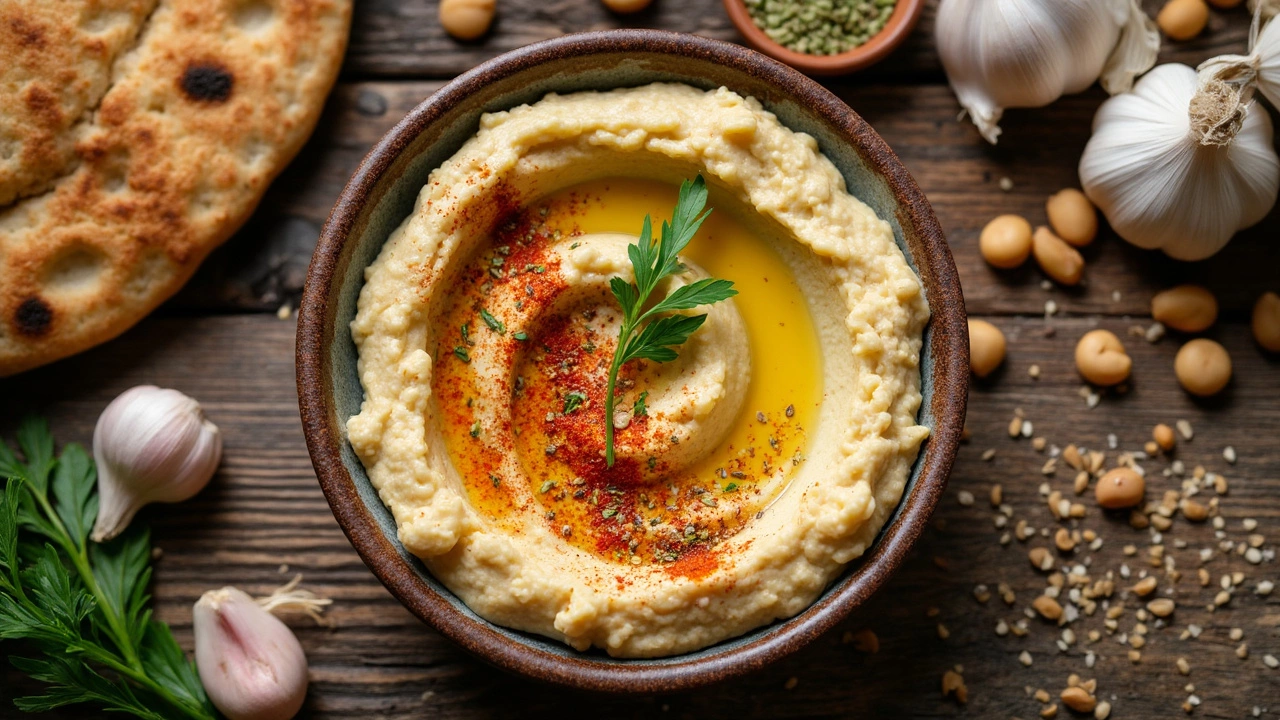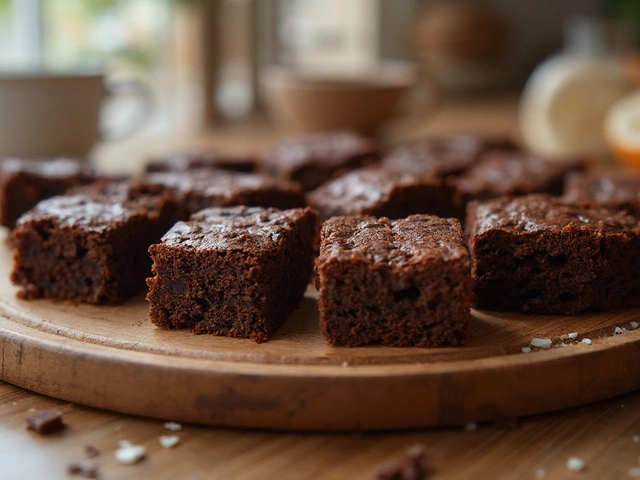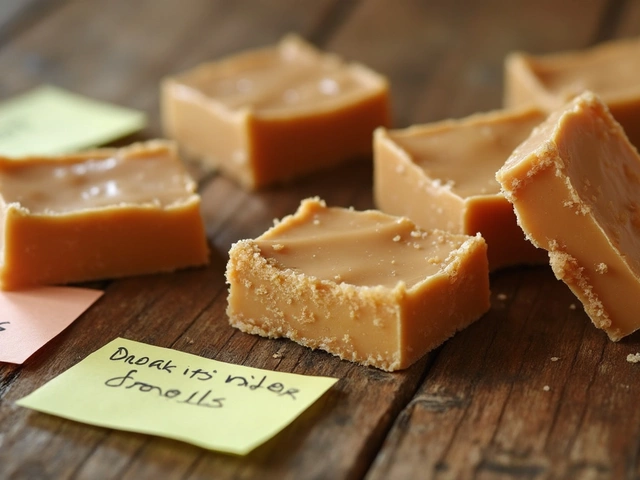Is Hummus Gluten Free? Simple Answer and Tips
If you’re on a gluten‑free diet, the first thing you wonder about hummus is whether it’s safe. The good news? Traditional hummus – just chickpeas, tahini, lemon juice, garlic, olive oil and a pinch of salt – contains no gluten. Those five ingredients are naturally gluten‑free, so a homemade batch made from scratch is safe for anyone with celiac disease or gluten sensitivity.
But store‑bought hummus can be a different story. Manufacturers often add flavor boosters, thickeners, or preservatives that may contain wheat, barley or rye. Even tiny bits of gluten from a shared processing line can turn a gluten‑free product into a risk.
Common Gluten Additives in Store‑Bought Hummus
Look out for these sneaky ingredients on the label:
- Wheat flour or maltodextrin – used as a thickener.
- Barley malt, malt vinegar or malt extract – add a sweet or tangy note.
- Soy sauce or tamari (unless certified gluten‑free) – common in Asian‑style hummus.
- Seasoning blends that list “spices” but hide wheat‑based anti‑caking agents.
Cross‑contamination is another issue. Some brands process hummus in the same facility that handles hummus with added wheat‑based ingredients. If the label doesn’t say “produced in a gluten‑free facility,” assume there’s a chance of contamination.
How to Make Your Own Gluten‑Free Hummus
Making hummus at home guarantees you stay gluten‑free and lets you play with flavors. Here’s a quick method:
- Rinse and drain one 15‑ounce can of chickpeas (or use cooked dried chickpeas).
- Combine chickpeas, ¼ cup tahini, juice of one lemon, 1‑2 cloves garlic, 2 Tbsp olive oil, and a pinch of salt in a food processor.
- Blend until smooth, adding 2‑3 Tbsp water if it’s too thick.
- Season with smoked paprika, cumin, or fresh herbs – all gluten‑free options.
- Taste, adjust salt or lemon, and serve with veggie sticks or gluten‑free crackers.
For a twist, stir in roasted red peppers, sun‑dried tomatoes, or a splash of gluten‑free soy sauce. The only rule is to keep any added sauces clearly labeled gluten‑free.
When you buy pre‑made hummus, the quickest safety check is the “gluten‑free” seal. If a product has that certification, it’s been tested for less than 20 ppm gluten – safe for celiac patients. If there’s no seal, read the ingredient list carefully and look for any of the hidden gluten triggers mentioned above.
Bottom line: plain hummus is gluten‑free, but processed versions can hide gluten. Stick to certified gluten‑free brands or whip up a batch at home, and you’ll enjoy that creamy dip without worry.

Is Hummus Gluten-Free? Everything You Need to Know Before You Dip In
Wondering if hummus is gluten-free? You're not alone. This detailed article explores what goes into traditional hummus, whether all store brands are safe, hidden risks, and tips for those with gluten intolerance or celiac disease. Find out how to pick or make hummus you can actually trust—and get the scoop on hidden gluten traps and restaurant pitfalls.
View More




